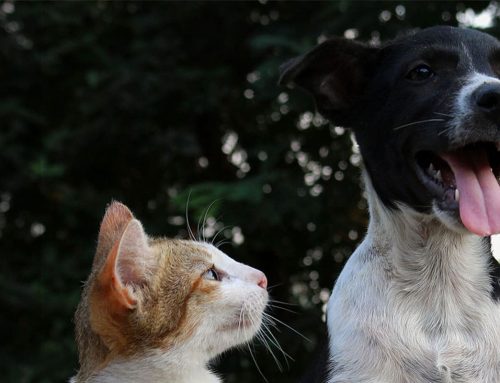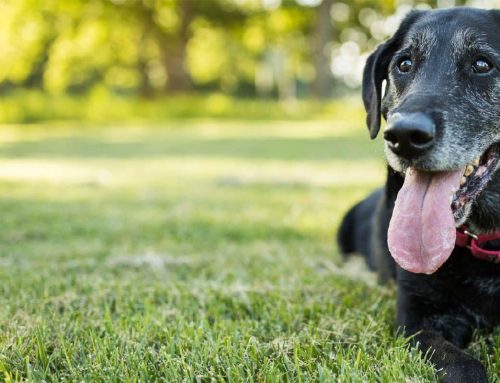Your Pet’s Protection Depends on You
Oral infections of the gum or periodontal disease, caused by a build-up of plaque and tartar are the major contributors of health problems in dogs. It’s estimated that without proper dental care, 80% of dogs are likely to suffer from oral diseases by the time they are three years old. With your help, your dog can have healthy teeth and gums throughout their lives.
Here’s what you can do to keep your dog’s teeth and gums healthy:
- Provide your dog with a healthy nutritious diet including raw bones;
- Give your dog chewing treats;
- Ensure regular brushing of your dog’s teeth; and
- Book your dog in for a yearly dental examination at the vet.
Healthy Diet for Healthy Teeth
Certain foods promote healthy teeth in dogs, and one such food is dry food. Dry food because it is so abrasive, helps remove the bacterial plaque which later hardens into tartar. Eating dry food is also a good means of a chewing workout for your dog and keeps the gums stimulated. Your vet will assist you in choosing a dry food that is specially formulated for dental health.
Do not feed your pet sweets and leftovers, as these may encourage the development of plaque and tartar.
Brushing Teeth is Very Important
To keep your dog’s teeth free from plaque, tartar and decay, ensure you brush your dog’s teeth regularly to prevent gum diseases. Get your dog into a daily tooth brushing habit from the very first day you bring them home as a puppy. Older dogs can also be trained to accept tooth brushing as part of their daily routine.
Slowly familiarise your dog with the activity first by making it as positive experience. Encourage and acknowledge throughout the process and when successfully done, reward with the favourite treat. Here are the steps you can follow:
Step 1
- Begin by dipping your finger in warm water or tuna water
- Gently rub the dipped finger over the gums and teeth
- Repeat until your dog is comfortable with it
Step 2
- Next step is to insert your finger covered with a piece of gauze to cleanse the teeth in circular movement
Step 3
- When the gauze activity can be comfortably done then start using a tooth brush. The best tooth brush would be either a children’s toothbrush or a specially designed pet toothbrush.
Step 4
- When your pet is used to brushing with a toothbrush you can then introduce pet toothpaste in liquid or paste form. Remember do not use human tooth paste as it can upset your dog’s stomach. Pet toothpaste contains chlorhexidine or stannous fluoride. Your veterinarian may also advise the use of an antiseptic spray or rinse after brushing.
Dental Examination Every Year
With a healthy diet and daily tooth brushing, you are doing everything you can to promote the dental health of your dog. The best dental care course starts at home and ends with yearly examination by a veterinarian. The vet will examine the entire oral cavity to identify any underlying causes of decay, particularly the accumulation of tartar. It is important to note that brushing eradicates the plaque and not the tartar, so the removal of tartar is the job of veterinarian using professional cleaning and polishing tools. This process is conducted under anaesthetic. The removal of tartar from the upper and lower gum line is followed by fluoride treatment. You may also be advised to follow care instructions at home.
Some More Guidelines:
- Chew treats can be helpful in removal of plaque and also keeps the gums stimulated.
- Be careful with wooden sticks because if a dog picks up such an object in its mouth, it could result in a gum or tooth injury.
- Don’t let your pet chew on hard objects like stones and metals. They can cause tooth damage, breaking of teeth and infections.
Figures and Data:
- Among common household mammals, dogs have the least number of teeth.
- Puppies will show deciduous teeth when they are 2 weeks old, and 42 permanent teeth start to appear at the age of 3 months.




